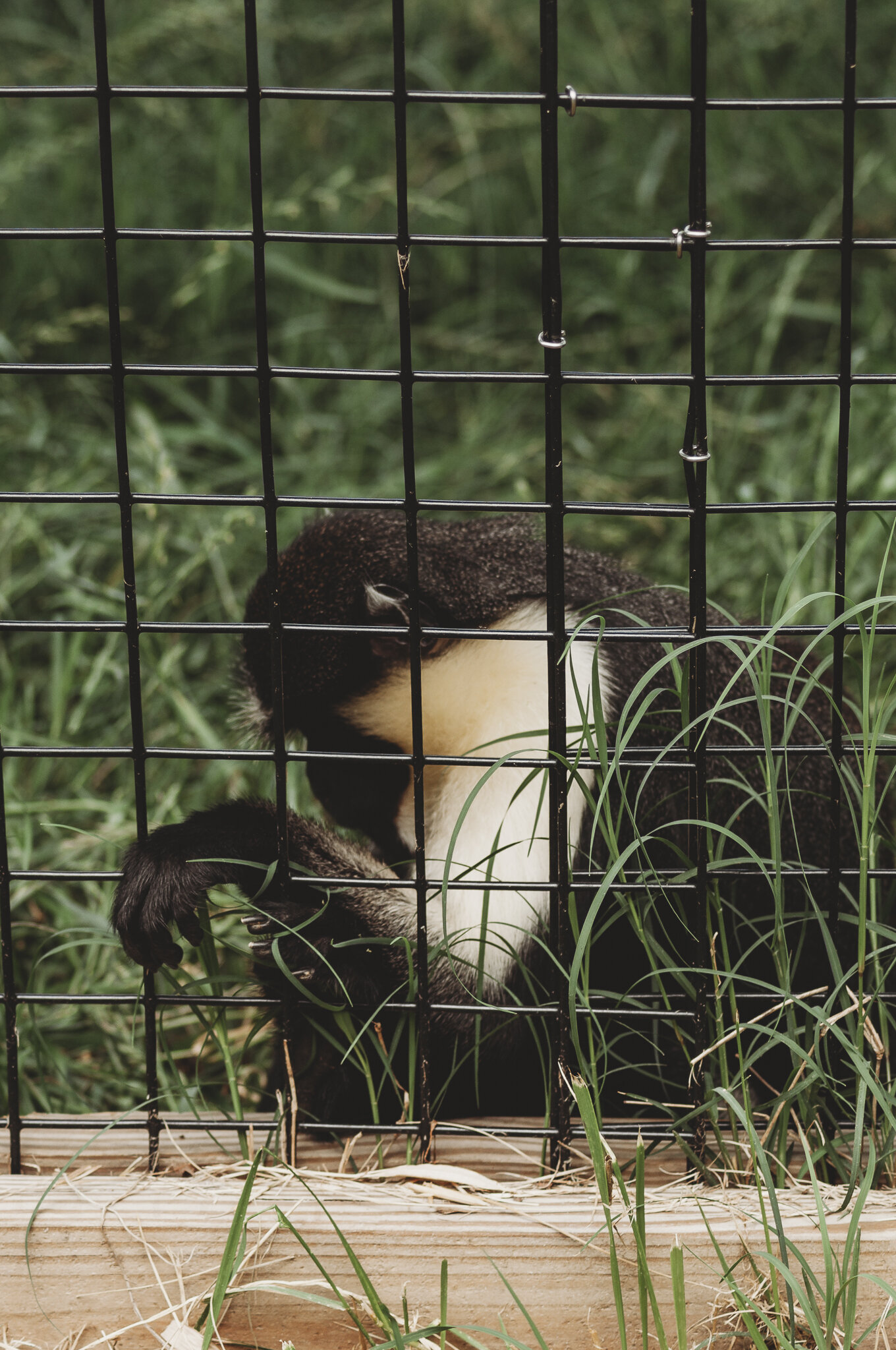LIFERS
The websites for zoos and aquaria freely list characteristics that serve to prove their residents are intelligent and sentient beings with vastly complex needs. These endearing qualities are precisely what makes confinement problematic; a truth that gains momentum over time as horror stories continue to happen one after the next. The psychological problems and behavioral patterns exhibited among animals held in prolonged captivity even have a dedicated term, “zoochosis”.
Since 2009, I have been photographing animals in captivity as an ongoing exploration into the true nature of zoos and aquaria. This project bears witness to the untold story that lies in plain sight and continues long after visitors have left. The intention is to reveal the enduring paradox and zero-sum experience of engaging with wild animals through the confines of manmade enclosures. These organizations are marketed under the veils of conservation and education. Though, as so many other means of learning and supporting animals exist, it is becoming clearer that they primarily function as entertainment centers for humans. This is not meant to demonize the care takers who do their best to keep zoo inhabitants healthy. Rather, to identify how flawed, objectifying, and speciesist the concept of captivity inherently is.
After the COVID-19 pandemic, the concept of confinement should hit particularly close to home with most people, making captivity more relatable than ever. These images ask that we face the double standard of forcing animals to spend their entire lives incarcerated in a state that we human animals could not collectively tolerate for any length of time.
Select images from Lifers are available for license through We Animals Media.

























































































